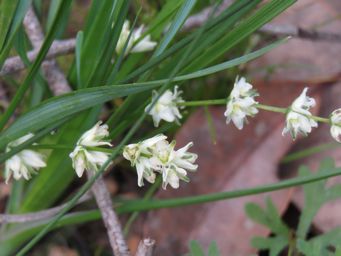Australia So Much to See
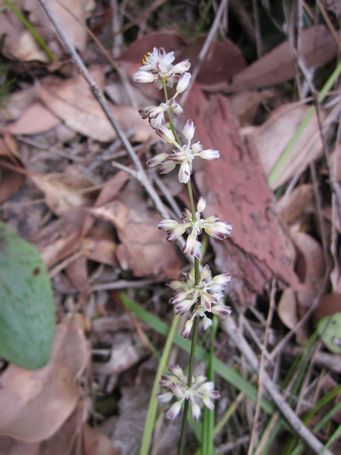
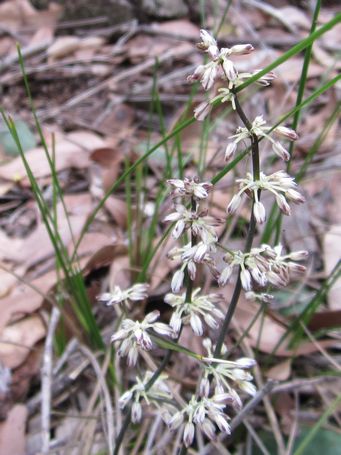
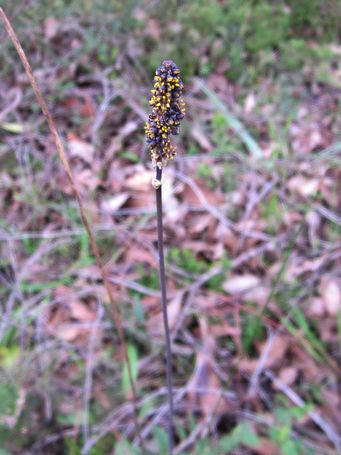
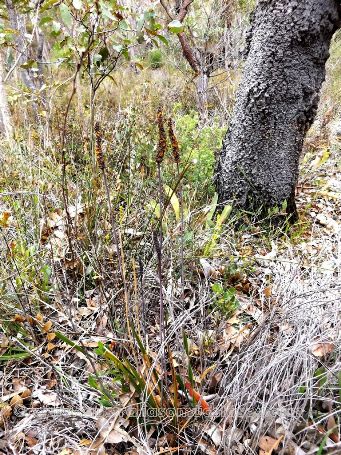
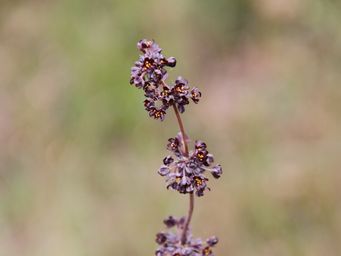
Lomandra purpurea, Purple Mat Rush
A reed like plant with purple flowers with yellow stamens in clusters along a stem
Spring
Bridgetown, South West Region, Western Australia, and found between Perth and Albany mainly confined to the south west corner of the
state.
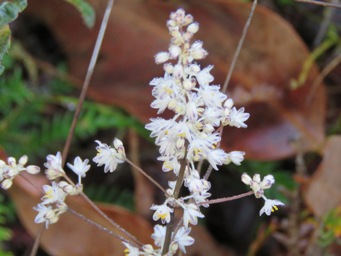
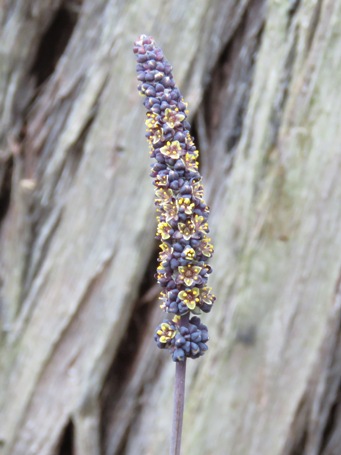
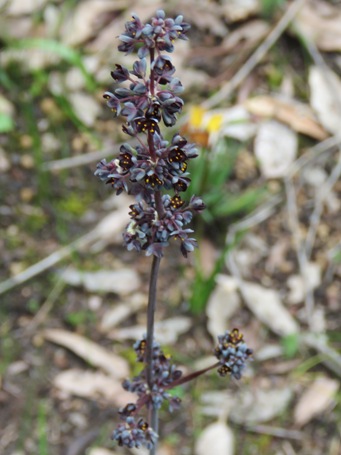
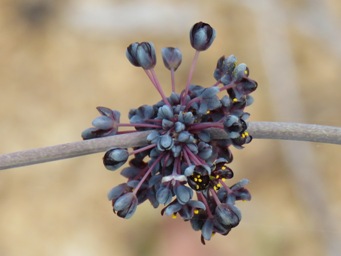
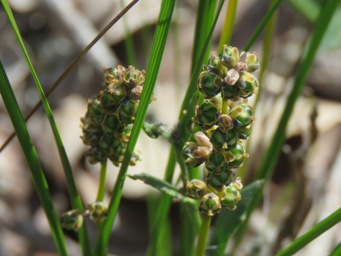
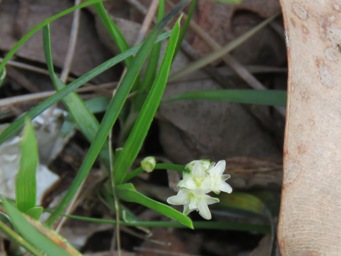
Lomandra integra, Mat rush, Cockys Bootlace, Iron Grass. These names are used across the species of Lomandra.
Tiny white
cluster flowers in groups up the stem, female flower at left, with male and female flowers on the same plant. Five petaled
tiny white semi-translucent flowers from a plant with strappy foliage. Shiny yellow seed pods.
August to November
Bridgetown,
and occurs through the South West, Great Southern and Perth regions, and into the adjacent areas of the Wheatbelt.
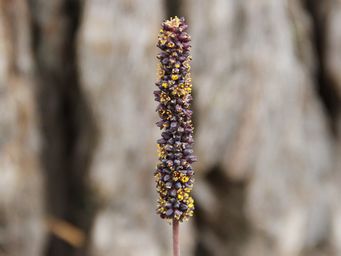
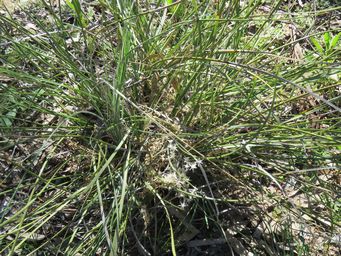
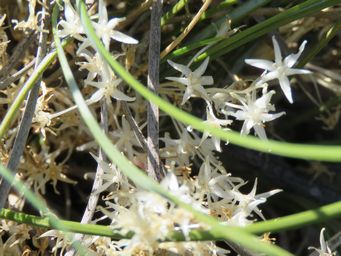
Lomandra effusa, Scented Matrush, Scented Mat-Rush, Iron Grass, Cockys Bootlace, Xerotes Effusa, Xerotes Fragrans.
Arching leaves are flat, and can by sixty to eighty centimetres long,
two to three millimetres wide, hairless, finely striated, tapering to two sharp points at the tip. Male and female flowers are similar
and both occur on the same plant. Flowers are strongly scented, white, cream or pale pink, and funnel shaped. Grows in
tussocks.
August
Karomin Rock, Nungarin Shire, Wheatbelt region, Western Australia, with this specimen seen at the damp base
of a granite outcrop, one of this species favoured locations. Found in areas of the Mid West, through the inland Wheatbelt, parts
of the Great Southern and scattered through the Goldfields.

Lomandra caespitosa, Tufted Mat rush. Uncertain due to this plant having shorter and wider foliage than typical of Lomandra
caespitosa.
A rush-like plant with long narrow leaves to forty centimetres. Longitudinal striping on foliage. Yellow
flowers up the flowers stem, with awns protruding between flowers.
September
Bridgetown, South West region, Western Australia.
Grows from Carnamah shire in the Mid West, through western parts of the Wheatbelt, Perth and Peel regions, South West and Great Southern
regions.



Lomandra suaveolens, Many-flowered Mat rush, Many flowered Mat-lily, Cockys Bootlace, Iron Grass, with the latter two names shared
with other Lomandra species.
Tiny white or yellow flowers in a cluster at the base of a rush-like plant with obvious longitudinal
striping on the foliage.
May
Bridgetown, South West region, Western Australia. Grows from Coorow shire in the Mid West, through parts of the Wheatbelt, Perth and Peel regions, parts of the South West and Great Southern regions.
Yellow flowering Lomandra at right may be a colour variation of Lomandra suaveolens.
